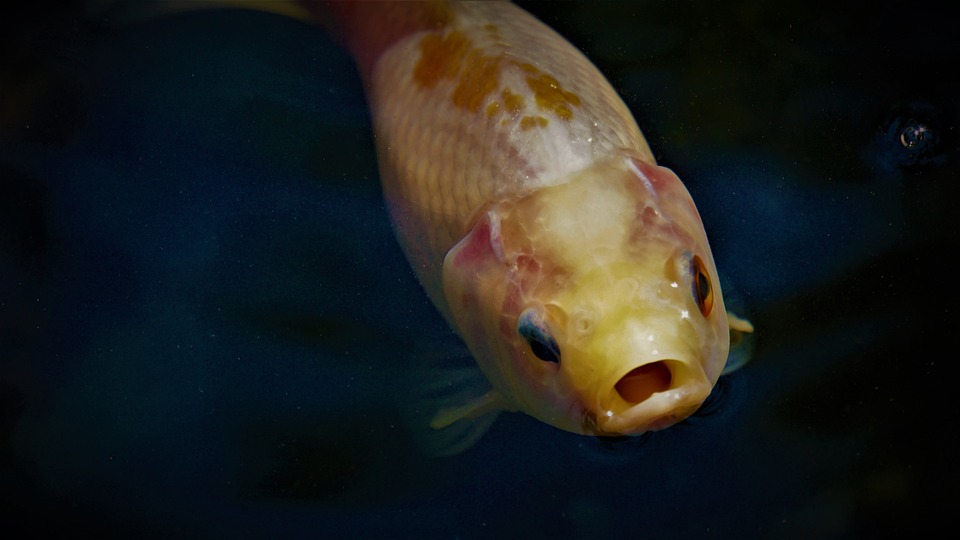Fish tank stress levels play a crucial role in the health and well-being of our aquatic companions. Just like any living creature, fish are susceptible to stress, which can have a significant impact on their overall health. As responsible fishkeepers, it is our duty to understand the factors that affect fish tank stress levels and take appropriate measures to promote and monitor them.
One of the primary factors affecting fish tank stress levels is water quality. Maintaining proper pH levels, monitoring ammonia, nitrite, and nitrate levels, ensuring adequate oxygenation, and controlling temperature fluctuations are essential for creating a stress-free environment for our fish.
The tank environment also plays a vital role in reducing stress. Providing an appropriate tank size and design, offering suitable hiding spots and decorations, ensuring a balanced light cycle, and maintaining proper water flow are key factors that contribute to a stress-free environment for fish.
Feeding and nutrition are equally important in promoting fish tank stress reduction. Offering a varied and balanced diet, avoiding overfeeding and underfeeding, providing appropriate feeding frequencies, and monitoring food quality and freshness are essential for maintaining optimal fish health.
To promote fish tank stress reduction, regular monitoring is necessary. Conducting water quality tests, observing fish behavior and appearance, identifying common stress symptoms, and keeping a logbook to track changes are effective strategies for ensuring a stress-free environment for our fish.
Regular water changes and maintenance are also crucial in reducing stress levels. Performing regular water changes, properly cleaning the tank and equipment, avoiding sudden changes in water parameters, and using appropriate water conditioners and additives contribute to a healthy and stress-free tank environment.
Creating a calming environment is another key aspect of promoting fish tank stress reduction. Selecting suitable tank mates, providing hiding spots and plants, minimizing external disturbances and noise, and maintaining consistent lighting conditions are effective ways to create a stress-free environment for our fish.
Monitoring fish tank stress levels is essential for ensuring the well-being of our aquatic companions. Observing fish behavior and appearance, identifying changes in appetite and energy levels, recognizing abnormal swimming patterns or coloration, and paying attention to fish interactions and social hierarchy are important indicators of stress in fish.
Regular water quality testing is also crucial in monitoring fish tank stress levels. Testing for ammonia, nitrite, nitrate, and pH levels, utilizing testing kits and interpreting results, monitoring water temperature and oxygen levels, and recognizing the impact of water quality on stress levels are essential for maintaining a stress-free environment for our fish.
Seeking professional assistance when needed is also important in monitoring fish tank stress levels. Seeking advice from fish health experts or veterinarians, consulting with knowledgeable aquarium professionals, joining online fishkeeping communities for support and guidance, and attending local aquarium club meetings or workshops are valuable resources that can help us maintain optimal fish health.
In conclusion, promoting and monitoring fish tank stress levels is essential for the well-being of our aquatic companions. By understanding the factors that affect stress levels and taking appropriate measures to reduce stress, we can create a healthy and stress-free environment for our fish. Continuous education and research, along with a responsible and attentive approach to fishkeeping, are crucial for ensuring optimal fish health. Let us prioritize the well-being of our fish and commit to providing them with the best care possible.









